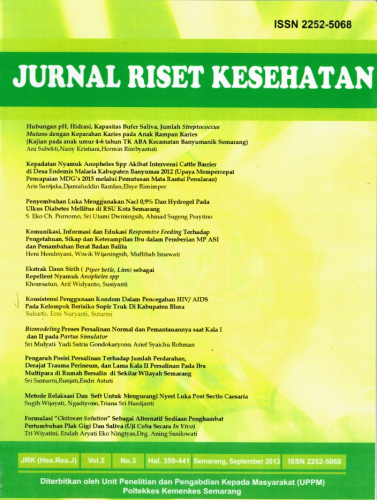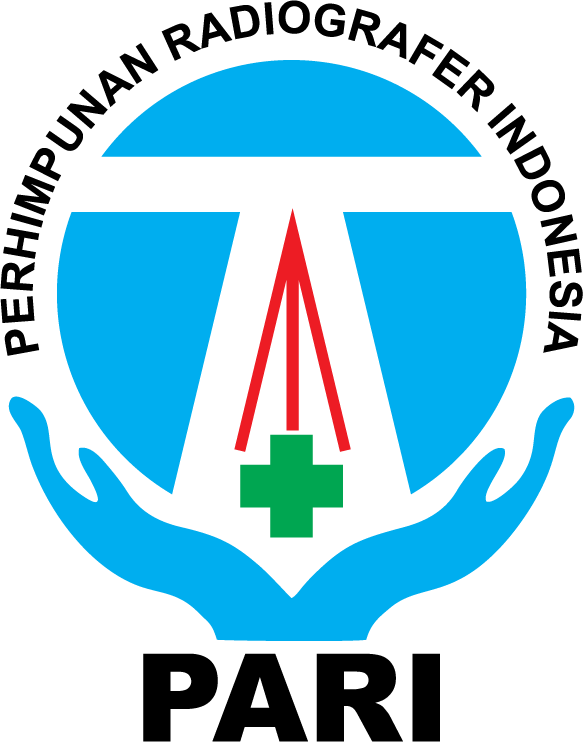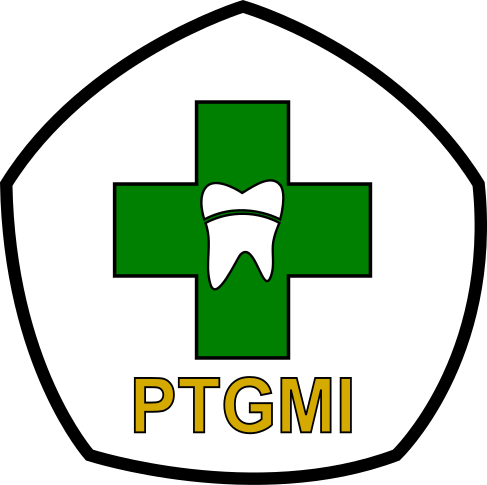RELATIONSHIP OF SALIVA pH AND DMF-T INDEX IN METADON HOUSING THERAPY IN YOGYAKARTA CITY
Abstract
One of the factors causes dental caries is salivary state. Drug addicts may have different salivary pH due to the drug content that is commonly consumed. The purpose of this study was to determine the relationship of salivary pH to the DMFT index in the Methadone Maintenance Therapy group in the city of Yogyakarta. This type of observational analytic study is Case control design. A sample of 64 subjects, divided into 2 case and control groups. Case groups are people who are members of the Methadone Maintenance Therapy Program at the Gedongtengen Health Center in Yogyakarta. Saliva pH measuring instrument is a pH strip. Test the relationship between salivary pH and DMFT using the Spearman rank test. The results showed that the average DMF-T in the case group was 8.4, higher than the control group 2.1 while the saliva pH of the PTRM group in the acid category (5.8) was lower than the control group with a neutral pH category (6.6). There is a significant relationship between salivary pH and DMF-T index in the Methadone Maintenance Therapy group in Yogyakarta City.
Keywords
Full Text:
PDFReferences
Enrique, R., Inés, S., Marcelo, K., & Sylvia, P. (2015). Dental and periodontal condition of a population in treatment for drug use . Pilot study. XVII, 34–39.
Isadora Gracia1, Rensa2, Minawati3, Teguh Sarry Hartono4, S. (2014). DENTAL CARIES AND PERIODONTAL DISEASE IN HEROIN ADDICTS WHO RECEIVES METHADONE MAINTENANCE TREATMEN. Damianus Journal of Medicine, 13(3), 191–198. Retrieved from file:///C:/Users/asus/AppData/Local/Temp/381-645-1-SM-1.pdf
Kasuma, N. (2015). Fisiologi dan Patologi Saliva. Andalas University Press, p. 54.
Kementerian Kesehatan RI. (2013). Pedoman Penyelenggaraan Program Terapi Rumatan Metadona.
Kementerian Kesehatan RI Badan Penelitian dan Pengembangan. (2018). Hasil Utama Riset Kesehatan Dasar. Kementrian Kesehatan Republik Indonesia, 1–100. https://doi.org/1 Desember 2013
Protrka, N., Katunarić, M., Filipović, I., & Verzak, Z. (2013). Caries prevalence in heroin addicts. Acta Clinica Croatica, 52(4), 436–443.
Ramadhan, A., & dkk. (2016). Hubungan Tingkat Pengetahuan Kesehatan Gigi dan Mulut Terhadap Angka Karies Gigi di SMPN 1 Marabaha. Kedokteran Gigi.
Saini, G., Prabhat, K., & Gupta, N. (2013). Drug addiction and periodontal diseases. Journal of Indian Society of Periodontology, 17(5), 587. https://doi.org/10.4103/0972-124X.119277
Shekarchizadeh, H., Khami, M. R., Mohebbi, S. Z., Ekhtiari, H., & Virtanen, J. I. (2013). Oral Health of Drug Abusers: A Review of Health Effects and Care. Iranian J Publ Health, 42(9), 929–940.
Tarigan, R. (2013). Karies Gigi. Ed 2. Jakarta: EGC
DOI: https://doi.org/10.31983/jrk.v9i1.5641
Article Metrics
Refbacks
- There are currently no refbacks.
Copyright (c) 2020 Jurnal Riset Kesehatan




















































